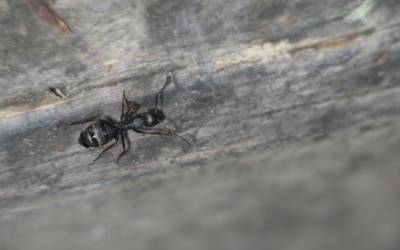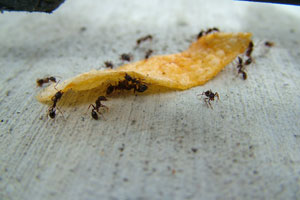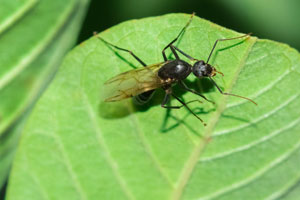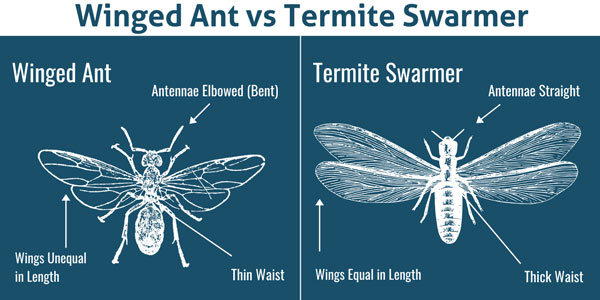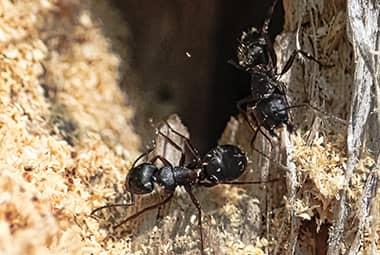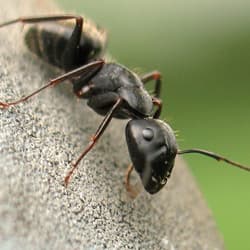Carpenter ants might not be able to cause as much damage as termites in Knoxville TN, but they come with their own quirks that make them a hassle to deal with. One of the advantages that carpenter ants have over termites is that they don’t have to leave the building—they tunnel through walls to build nests as well as pathways. Because they split off to make new nests all throughout our buildings, it can be especially difficult to get rid of a carpenter ant infestation on your own. Read on for Russell’s Pest Control’s advice on dealing with carpenter ant damage.
Finding Carpenter Ant Damage
Because carpenter ants nest inside our walls, it can be hard to discover your infestation until it reaches sizes that can’t be ignored. Carpenter ants will be quick to create satellite nests in different parts of your home or business once their population grows enough to do so. Make sure to be on the lookout for these signs of carpenter ants:
- Tiny piles of wood shavings
- Faint rustling noises from your walls
- Small holes or striated structures in wood beams
- Winged ants coming in and out of holes in the wall
If you’re finding ants in your house and you’re not sure if they’re carpenter ants or not, check that they are all black in color, ¼-⅜” in length, and have large jaws. You might also see winged carpenter ant swarmers.
What to Do When You Have Carpenter Ant Damage
If you’ve found carpenter ants or evidence of their damage on your property, it’s important to take steps to get rid of them right away to stop any future damage. You might wish to try some of these DIY carpenter ant removal strategies:
- Spraying a citrus-scented cleaner, diluted lemon eucalyptus oil, or cinnamon near areas of activity to drive them away
- Flushing them out of their nests by pouring soapy water or window cleaner inside
- Mixing borax with sugar water to create your own bait trap
The problem with using these techniques is that you can never be sure if you’ve reached every ant in your building, and without doing so, your infestation can quickly build back to dangerous sizes.
Get Help from Carpenter Ant Exterminators
To be 100% certain that all carpenter ants in your building have been eliminated, contact your local pest control company for help. Our ant extermination experts at Russell’s Pest Control have been eliminating carpenter ants from Knoxville TN homes and businesses for more than 45 years. To learn more about how we conduct our professional carpenter ant removal and receive a free quote, contact us today!
